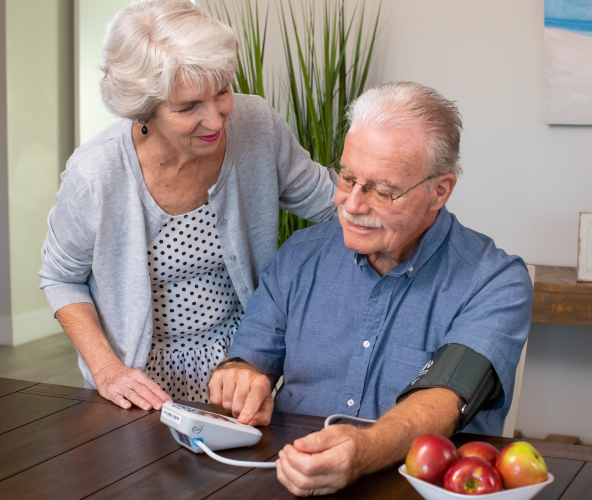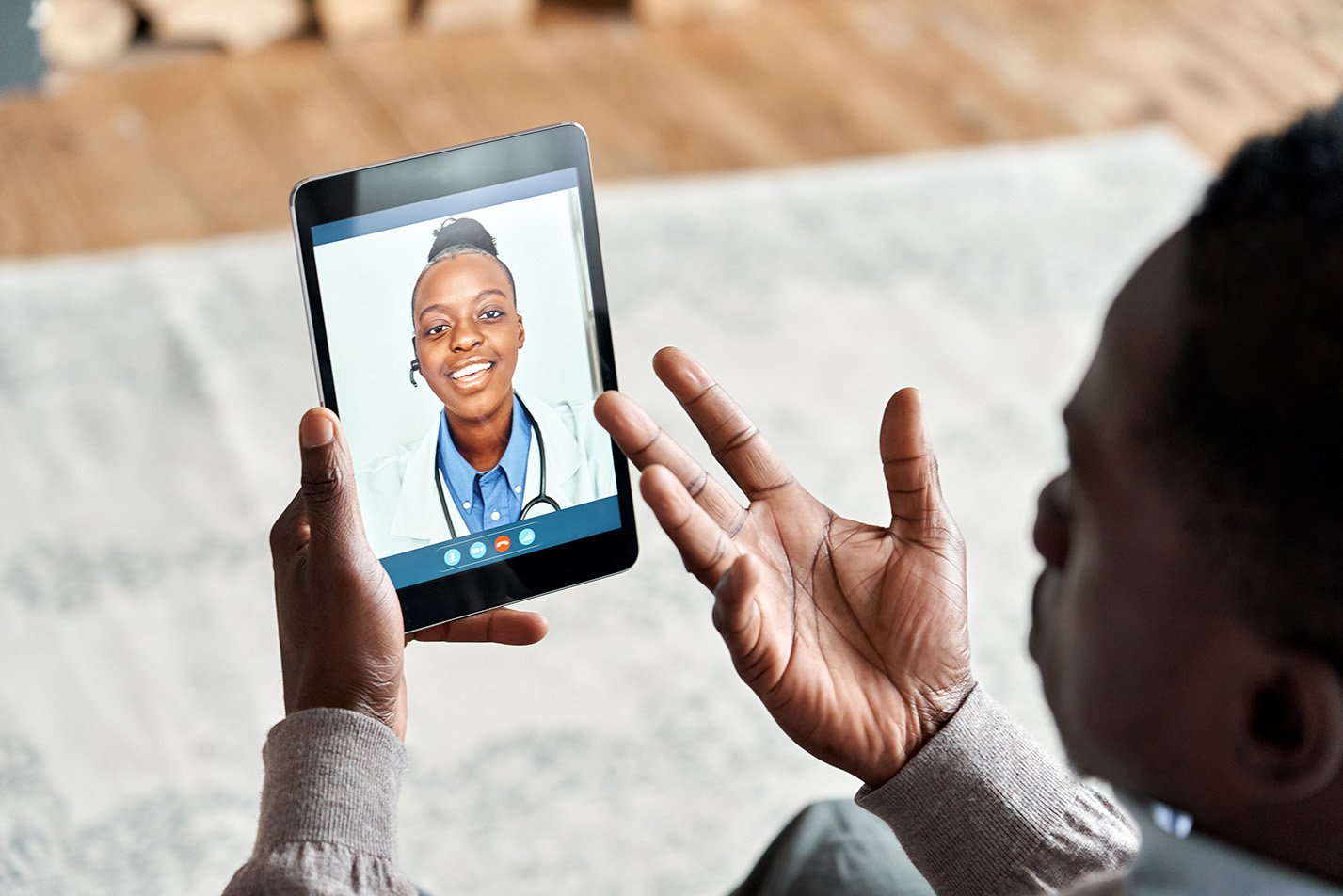- Hypertension
- Health Systems
- Remote Patient Monitoring
- Telehealth
- Health Plans
- News
- Telehealth Services
- Telehealth Solution
- Virtual Care
- For Payers
- Peer Reviewed Studies
Hypertension is one of the most common chronic conditions. But only about 1 in 4 adults have their hypertension under control.
This has a large impact on both those with hypertension and on payers as chronic conditions often require hospitalization and can be costly to treat, acting as a leading contributor to our nation’s $4.1 trillion in annual healthcare costs. Additionally, approximately 17.8 percent of individuals who were initially hospitalized for acute hypertensive emergency were hospitalized again within 30 days.
It’s clear that additional support and interventions are required to improve these member’s quality of life and lower costs while reducing hospital readmissions. One intervention that’s been found to be highly beneficial is a virtual care solution, which we researched in our peer-reviewed study. Keep reading to learn more about what we found in our research on remote blood pressure monitoring.
Remote Blood Pressure Monitoring Study Overview
Our goal for the study was to determine if a combination of remote blood pressure monitoring and pharmacist care management would improve blood pressure control compared to the usual method of care. We were also seeking to determine if blood pressure control was maintained even after the study intervention stopped.
To answer these questions, we enrolled 450 individuals with uncontrolled blood pressure in our study. We recruited participants from more than 14,000 patients across 16 clinics. The study periods consisted of 12 months of intervention followed by six months of postintervention follow-up. Intervention participants received remote blood pressure telemonitors and sent blood pressure data to pharmacists, who then adjusted their therapy accordingly.
What We Found
The primary outcome was in the number of study participants who had controlled blood pressure at six months and 12 months. Participants in the study intervention group had better blood pressure during the entire 12-month intervention study period, which persisted into the follow-up phase.
At the six-month mark, blood pressure was controlled in 71.8 percent of participants in the intervention group and controlled in 45.2 percent of the usual care group. At 12 months, blood pressure was controlled in 71.2 percent of the intervention participants and 52.8 percent of the usual care group. At 18 months, 71.8 percent of intervention participants still had their blood pressure under control, and 57.1 percent of participants in the usual care group achieved blood pressure control.

The secondary outcomes included change in blood pressure, participant satisfaction, and continued blood pressure control at the end of postintervention follow-up. The intervention also seemed to have an acceptable safety level.
Our study results show that remote blood pressure monitoring with pharmacist management resulted in large improvements in blood pressure control and significant decreases in blood pressure throughout the study period. Compared to the usual care participant group, those in the study intervention group had greater antihypertensive medication intensification and better self-reported adherence to the medication regimen and sodium restriction.
We also found through self-efficacy questions that intervention study participants were more confident than the usual care participants in communicating with the healthcare team, integrating remote blood pressure monitoring into their usual routine, taking their medication as directed, and keeping their blood pressure under control. Additionally, intervention participants stated that they added less salt to their food compared to the usual care group throughout the study, but other lifestyle factors didn’t differ.
Discover How Remote Monitoring Transforms the Care of Chronic Conditions
Remote monitoring can impact members, payers, and providers by transforming healthcare delivery for chronic conditions, increasing member engagement, and reducing hospital readmissions.
Interested in exploring how remote monitoring solutions can transform the healthcare experience for your members? Reach out to our experts at any time for personalized solutions. In the meantime, explore the full results of our hypertension program study.







.jpeg?width=2000&name=AdobeStock_450901146%20(1).jpeg)








